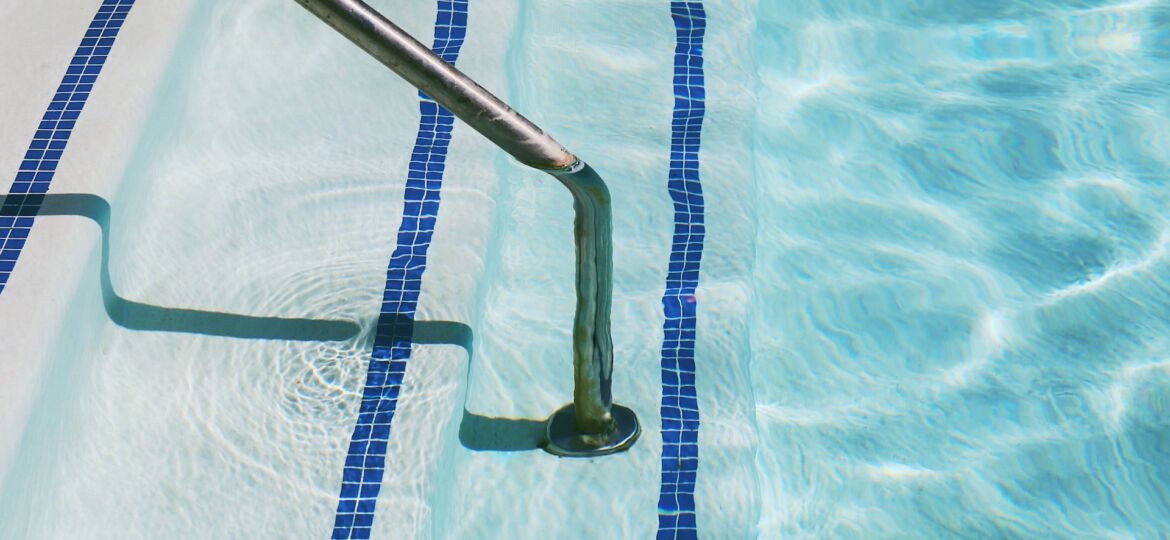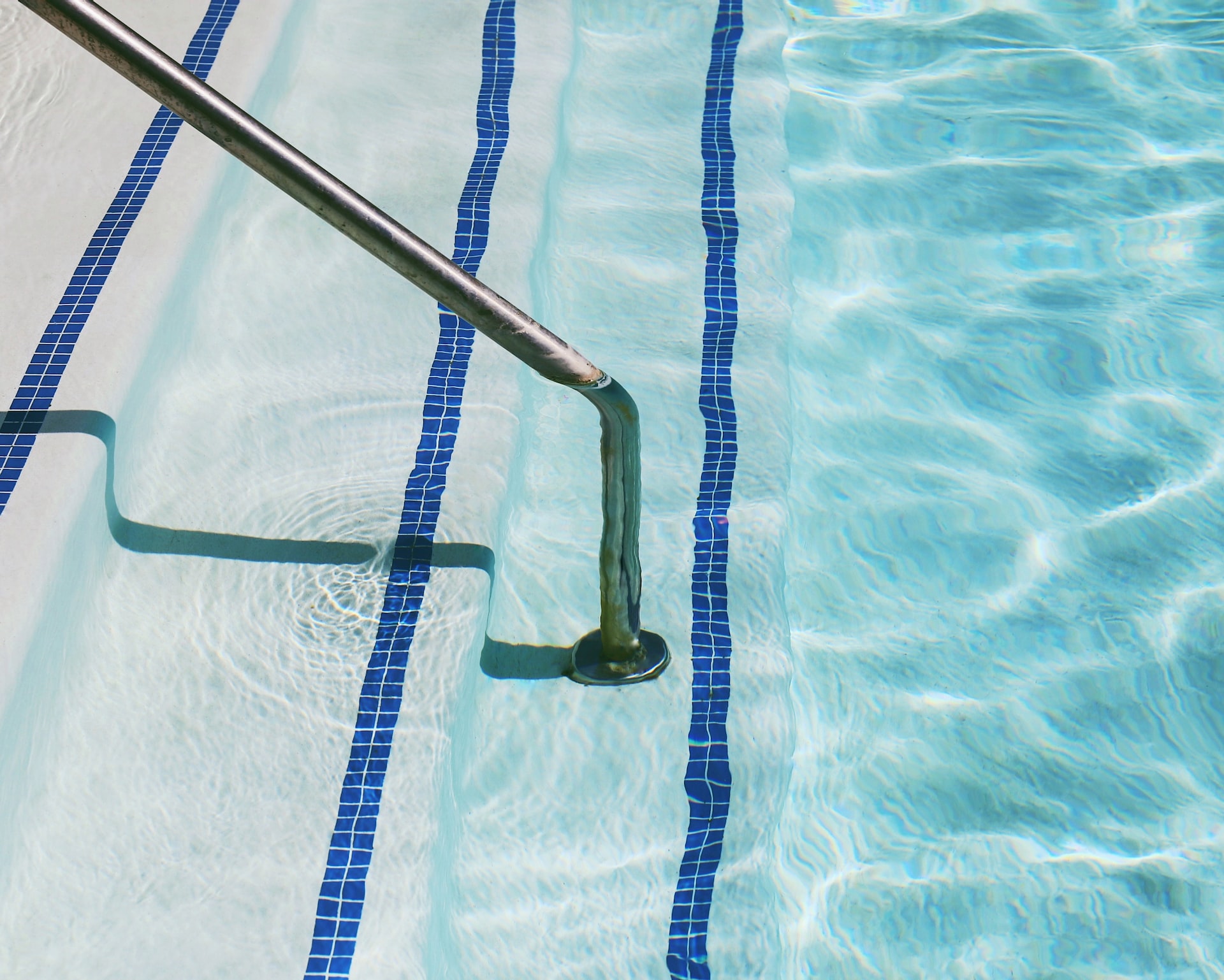
9 Steps to Get Your Outdoor Pool Ready for Winter
Are you looking for tips to winterize your pool? We will assist you in getting your pool ready for winter! Learn more about the importance of draining, covering, and closing your outdoor feature in the colder months. Get answers to the most pressing questions on how to winter-prep a swimming pool and read our comprehensive step-by-step guide.
Frequently Asked Questions about Winterizing a Pool
Before we get into the detailed list of winter pool maintenance tips, let’s provide clarification on some queries you might have on the matter:
What is winterizing?
Winterizing is temporarily closing your pool, for it would not be operational for a few months due to seasonal changes. As part of the procedure, pool equipment is shut off, accessories are disconnected and put away, and the water is drained away from the tanks.
Why winterize your outdoor pool?
Winter pool care is just as important as regular maintenance. It helps you preserve your pool off-season, protects your equipment, and saves you valuable time and money for extensive spring cleaning and maintenance.
Should I take my pool down in winter?
That depends on the area you reside in and the local climate. If you live in a place with a more tropical or sub-tropical climate, you might be able to use your pool all year round. But if your region experiences heavy or light snow and frost, then taking down your pool is a must.
When is the best time to winterize a pool?
In case the temperature in your vicinity falls below 65F degrees, then it is time to close the pool for the season. In most cases, winterizing begins around October and November.
Do all outdoor pools have to be covered in winter?
Not really. Again, if your local weather is mild, dry, or/and warm during wintertime, you can continue enjoying your outdoor swimming pool as before. But if your area encounters seasonal cold or freezing conditions, you should NOT keep pools open in wintertime. Consider getting a winter pool cover.
Should I use winter pool chemicals?
Winter chemicals maintain clean and fresh-looking water while preventing stains and dirt from accumulating on pool surfaces. The rule of thumb is, once a month over the winter, you can carry out basic chemical maintenance.
When to remove the pool winter cover and what to do next?
Way after the last frost in spring, once the weather starts warming up. Make sure the minimum daily temperatures are no longer freezing. Once you remove the pool cover, you need to do basic spring maintenance by yourself or hire a professional service to help you with the task.
Step by step: How to get your pool ready for winter?
Step 1: Clean the pool
The first and most vital step before closing your pool for winter is to thoroughly clean it. Scrub the pool walls and floor with a telescoping pole and pool brush to clear away any accumulated algae, dirt, debris, and built-up. Use an algae brush if the water turns greenish or you spot any water stains. Afterward, vacuum up any remaining dirt.
Step 2: Test pH levels, alkalinity, and mineralization
The next winterizing step is to use a pool test kit. It is essential to ensure that the pool water has a balanced pH, alkalinity, and mineral content before you add any winterizing chemicals.
- pH levels should range between 7.2 and 7.8
- Alkalinity levels should range between 100 and 150
- Chlorine levels should range between 2ppm and 4ppm, and should not exceed 5ppm
Step 3: Add winter chemicals
After you balance the water levels, it is safe to add winter chemicals:
- A Winter Pill purifies and sanitizes the pool water in winter.
- Algaecide keeps your pool algae-free during the off-season period.
- Pool Enzymes repel intruders such as spores and algae.
- Pool Antifreeze keeps in-ground pool pipes from freezing and bursting.
- Metal Sequestrant prevents rusting damage in well-water pools.
Follow the instructions on the chemical tags for the right dosage, according to your pool type and size.
Step 4: Add chlorine tablets
Chlorine tablets kill all bacterial growth in the water. So our professional advice is to shock your pool one last time before closing it for winter. Throw the tablets at night and allow the chlorine to flow by running the pump until morning. As for saltwater pools, chemical distribution is feasible using a saltwater cell.
Step 5: Lower the water level
Lowering the water levels is vital to get your outdoor pool ready for winter, and avoid potential overflow. Typically, you have to bring the water level down to the skimmer’s bottom edge. Consider the manufacturer’s recommendation for the optimal water level if you’re using a pool cover.
Step 6: Clean the filter
It is crucial to take good sanitary care of your pool filter. Ensure there is no grease, debris, or scale buildup that could solidify while the pool is not in use. Keeping the filter clean will also prevent it from clogging up. When the spring hits, you can de-winterize your pool with a clean filter.
Step 7: Blow out the lines
When you winterize a pool, you have to ensure there would be no serious ice and frost damage to your pump. For that reason, you should blow the water out of your lines. Especially if you live in an area prone to freezing cold weather.
Note that with the temperature dropping, even a tiny mistake could cause your lines to burst. And since draining water could be challenging, our advice is to hire pool professionals to blow out the lines of your outdoor pool.
Step 8: Remove, clean & store pool accessories
Taking pool accessories out of the water is an essential part of pool winterizing. Remove all toys, inflatables, fixtures, ladders, and rails. Rinse them thoroughly. Once they fully dry out, put them away in storage until spring.
Step 9: Cover the pool
Last but not least, use a cover to preserve your pool. Swimming pool covers come in a variety of types, shapes, and sizes. Consult a professional to find the one that would best fit your needs.
Here is what you need to remember:
- Ensure the pool cover fits tightly to prevent detachment in stormy and windy conditions.
- Inspect the pool for cracks or gaps where debris can enter.
- There may be a need to clean debris and snow off the cover throughout the season.
Did you like our pool winterizing tips? Check out our Blog section for more pool maintenance advice or get in touch to request our pool cleaning service solutions in Palm Desert, Rancho Mirage, Indian Wells, and other California areas.


